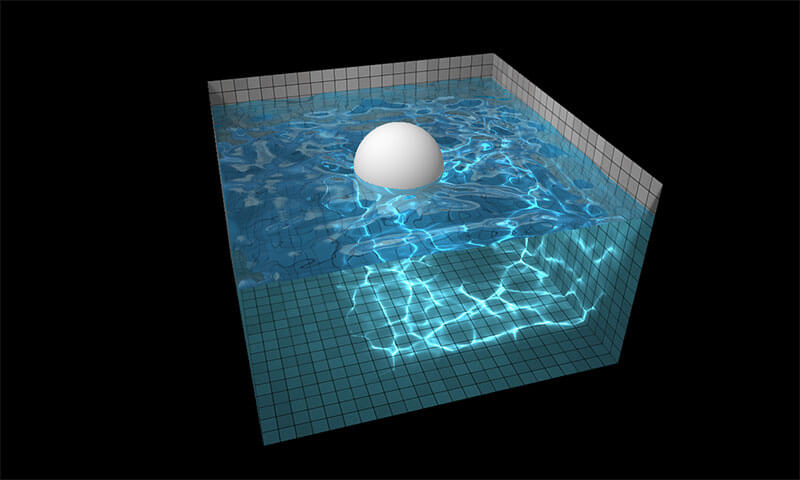Command Line trash
One of the first commands you learn when experimenting with command line is rm, the utility for deleting files and directories. Deletion is a core computer UI operation but operating systems use a "Trash" paradigm, where files are stored before truly deleted. With the rm utility, however, files are immediately, permanently deleted.
If you're like me and afraid to automate permanent file deletion, you can opt for a utility named trash. This nice Node.js library moves files to the trash instead of instant deletion.
// Install with `yarn add trash`
// Move a file to trash
const trash = require('trash');
await trash('bug-report.jpg');
There's also a trash-cli package for using the utility from command line:
yarn add trash-cli
# Usage
trash unicorn.png rainbow.png
trash '*.png' '!unicorn.png'
rm can be really harsh so having a trash utility is helpful in providing users a file deletion paradigm that they're used to.
![9 More Mind-Blowing WebGL Demos]()
With Firefox OS, asm.js, and the push for browser performance improvements, canvas and WebGL technologies are opening a world of possibilities. I featured 9 Mind-Blowing Canvas Demos and then took it up a level with 9 Mind-Blowing WebGL Demos, but I want to outdo...
![Responsive and Infinitely Scalable JS Animations]()
Back in late 2012 it was not easy to find open source projects using requestAnimationFrame() - this is the hook that allows Javascript code to synchronize with a web browser's native paint loop. Animations using this method can run at 60 fps and deliver fantastic...
![Rotate Elements with CSS Transformations]()
I've gone on a million rants about the lack of progress with CSS and how I'm happy that both JavaScript and browser-specific CSS have tried to push web design forward. One of those browser-specific CSS properties we love is CSS transformations. CSS transformations...
![Assign Anchor IDs Using MooTools 1.2]()
One of my favorite uses of the MooTools JavaScript library is the SmoothScroll plugin. I use it on my website, my employer's website, and on many customer websites. The best part about the plugin is that it's so easy to implement.
I recently ran...





Hej David, there is even a shell alternative if you prefer to stick to the tools you already have like me. Just write down this simple function
trash () { mv -v $1 $HOME/.Trash }